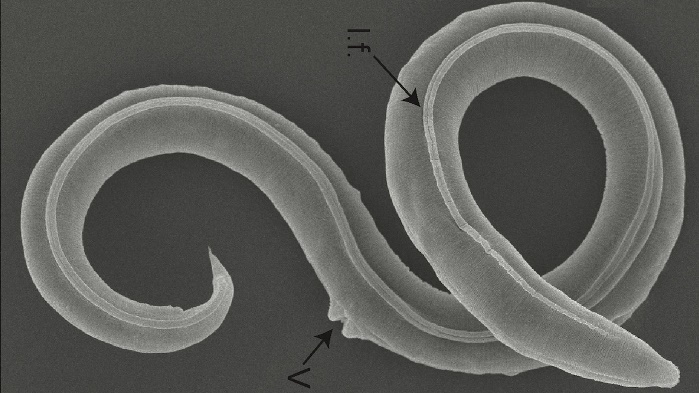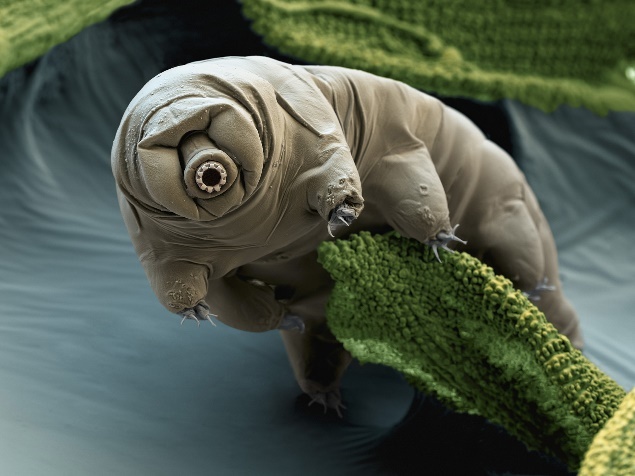PRELIMS BITS
Context:
Scientists have successfully revived a nematode worm, Panagrolaimus kolymaensis, which was frozen in Siberian permafrost for 46,000 years. The discovery highlights the extreme survival mechanisms of certain organisms.

About Panagrolaimus kolymaensis
- Found in an ancient layer of ice, the worm resumed movement and reproduction after thawing.
- It shares key genetic survival mechanisms with Caenorhabditis elegans, a well-studied model organism.
Significance of the Discovery
- Cryopreservation: Understanding how organisms survive in extreme conditions could lead to advancements in medical preservation techniques.
- Space Exploration: Insights from this study may help in designing long-term survival strategies for space travel.
- Evolutionary Resilience: The worm’s survival demonstrates the ability of life to endure extreme environmental changes.
About Cryptobiosis
Cryptobiosis is a state of suspended animation where an organism halts its metabolism to survive extreme conditions.
Types of Cryptobiosis:
- Anhydrobiosis (Survival in extreme dehydration):
- Organisms lose almost all body water and enter a dormant state.
- Example: Tardigrades.
- Cryobiosis (Survival in freezing temperatures):
- Metabolism completely stops when water inside the organism freezes.
- Example: Panagrolaimus kolymaensis.
- Osmobiosis (Survival in extreme salinity):
- Organisms adapt to high salt concentrations.
- Example: Brine shrimp.
- Anoxybiosis (Survival in low or no oxygen):
- Organisms dormant in oxygen-deprived environments.
- Example: Certain nematodes.
About Tardigrades (“Water Bears”)

Tardigrades are micro-animals known for their exceptional resilience to extreme environments.
Characteristics:
- Size: 0.2–1.2 mm
- Color: Transparent or shades of orange, red, yellow, green, or black
- Habitat: Prefer moist or wet environments but can survive in space
- Diet:
- Bacteriophages: Feed on bacteria
- Carnivorous: Prey on smaller organisms
- Phytophagous: Consume plant material
Survival in Extreme Conditions:
- Tardigrades can withstand dehydration, radiation, and the vacuum of space.
- They enter a cryptobiotic state, losing nearly all body water and forming a tun, a protective structure.
- In this state, they can survive for decades, reviving when conditions improve.
The revival of Panagrolaimus kolymaensis sheds light on life’s incredible adaptability. Studying cryptobiosis in nematodes and tardigrades could revolutionize medicine, space travel, and biological preservation.




